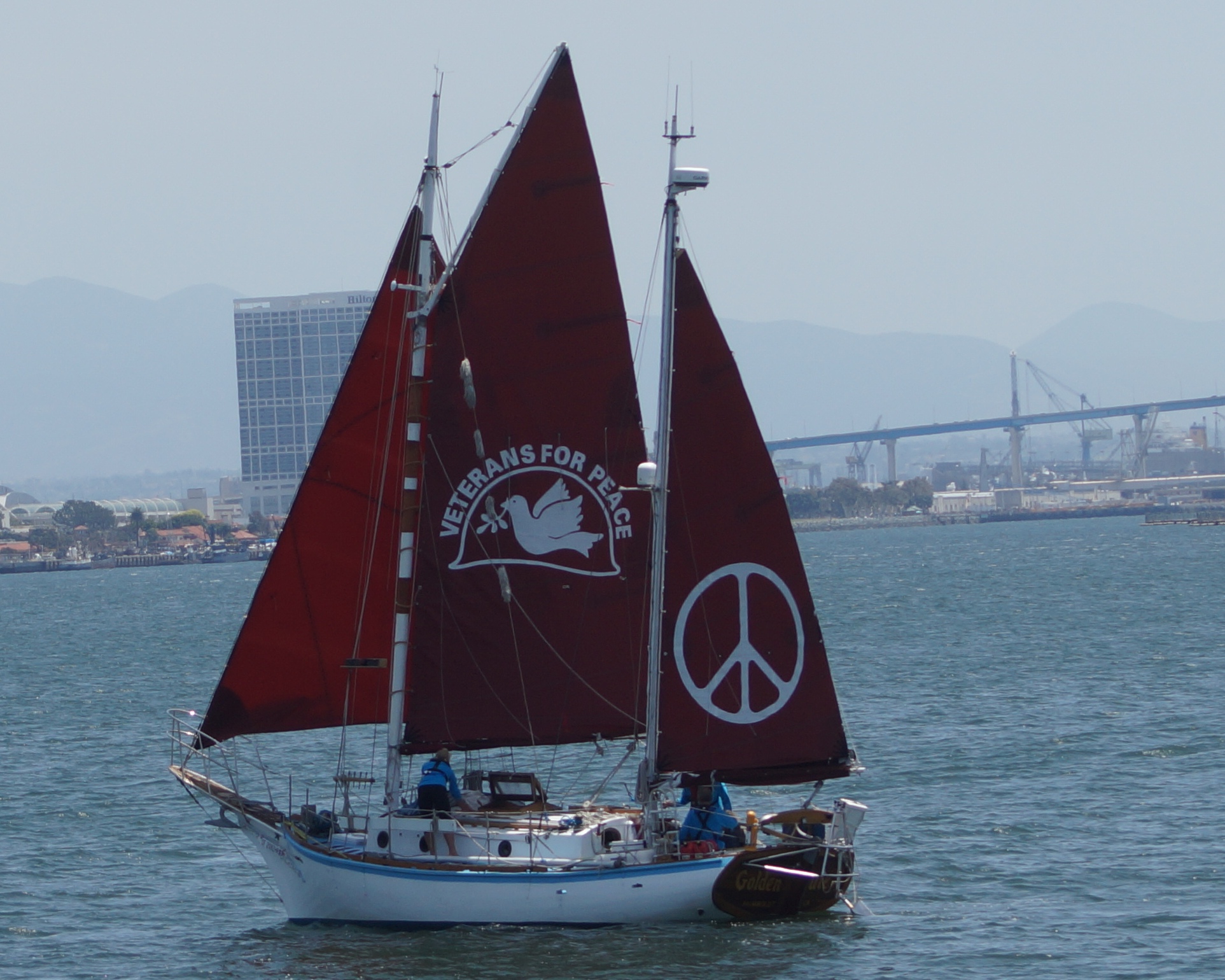16 Jan False Alarm? Hawaii and the Nuclear Posture Review
by Ralph Hutchison, Alliance for Nuclear Accountability
January 14, 2018
FALSE ALARM? HAWAI’I AND THE NUCLEAR POSTURE REVIEW
The day after the Trump Administration’s draft Nuclear Posture Review was leaked to the public via the Huffington Post, Hawai’ians across the islands stared in horror at their cell phones:
Emergency Alert
BALLISTIC MISSILE THREAT INBOUND TO
HAWAII. SEEK IMMEDIATE SHELTER. THIS IS
NOT A DRILL.
It took 38 minutes for the state of Hawai’i to issue the “False Alarm” message. Later, talking to CNN, the Governor said, “Like everyone else, I woke up to the message.” He meant literally, as the alert went out at 8:00am.
The question is whether the message does, in fact, wake people up. Those minutes of terror and tears in Hawai’i is a grim reminder that we all, everyone of us, live on the edge of the end of life for us and everyone we love. That’s lesson one—the nuclear threat is real, it promises death to entire populations, it could happen at any second, and it gives you twenty-thirty minutes, at most, to say your good-byes.
The second lesson is no less frightening. The message was a result of human error. In this case, the error was in the public alert system—there are literally dozens and dozens of ways human errors could lead to an actual nuclear disaster.
For the same reasons we don’t generally contemplate the ever-present nuclear threat, we also don’t know about the many near-misses, times in the last thirty years when one country or another almost launched nuclear war due to human error, communication glitches, or other flaws in the system.
And then there is a third lesson that goes to the deep denial and ignorance our current nuclear policy depends on. Following the false alarm, a Senator appears on TV to remind people that if there is ever a real attack, they should shelter in place. In reality, it matters little what you do if there is an attack. If it makes you feel better to shelter in place, go for it. Just be aware that if the bomb detonates within a few miles of you, the place you shelter in will likely be vaporized, and a millisecond later, you will, too. It sounds horrible, but with any luck, you won’t ever know it.
I say “with any luck,” because, as has been said before, in the case of nuclear war, the survivors will envy the dead. This is not exaggeration or hyperbole.
The irony writ large is this. The Nuclear Posture Review prepared for Donald Trump’s signature is the document that captures our official nuclear policy and outlines plans for the US nuclear weapons complex, our stockpile, and our delivery systems in the decade to come. In this case, it warns Congress that billions of dollars will be required to carry out Trump’s vision of more nuclear weapons, new design nuclear weapons, new nuclear bomb plants—in short the draft NPR adopts a threatening and belligerent posture, one that increases the risk of that ballistic missile attack for every one of us.
The NPR is striking in its capacity to completely ignore the impact of US nuclear policy on the behavior of other countries, allies and enemies alike. The document cites activities in North Korea, China and Russia as though they have made decisions in a vacuum; it ignores the fact that virtually every one of their actions is actually a reaction to the US $1.2 trillion plan to modernize its nuclear weapons, infrastructure, and delivery systems.
There is a clear and direct correlation between the false alarm in Hawai’i and the release of the Nuclear Posture Review. The NPR does not just describe the world we live in, it forms that world. In this case, the Trump Administration continues and escalates bipartisan efforts to expand US nuclear capacity.
There is a clear and compelling relationship between the NPR and the risk we all bear every day, a threat we choose not to think about, but that makes it no less real. An Intercontinental Ballistic Missile launched from Russia or a Russian sub will reach its target in thirty minutes or less. That’s the maximum notice you might have. A thermonuclear war will destroy not only cities and military bases, but will initiate a nuclear winter that will render the earth uninhabitable.
We don’t have to load that terrible, existential risk onto the shoulders of our children and grandchildren. We can insist that Congress and the Administration work together to craft a Nuclear Posture Review that reduces the nuclear threat, that pursues in good faith the obligation we assumed in 1969 to pursue complete disarmament, that prepares for the entry into force of the Treaty on the Prohibition of Nuclear Weapons.
Another world is possible. Hawai’i reminds me that it is necessary. As Beatrice Fihn, director of the International Campaign to Abolish Nuclear Weapons said as she accepted the 2017 Nobel Peace Prize: “There will be an ending to the story of nuclear weapons,” she said. “Either we end them, or they will end us.”
The Nuclear Posture Review should be far more terrifying to us than the Hawai’ian false alarm. It is not a false alarm; it is a real and present danger. It escalates the risk for all of us and dooms future generations to live under the shadow of a mushroom cloud—one we have created ourselves.




Sorry, the comment form is closed at this time.